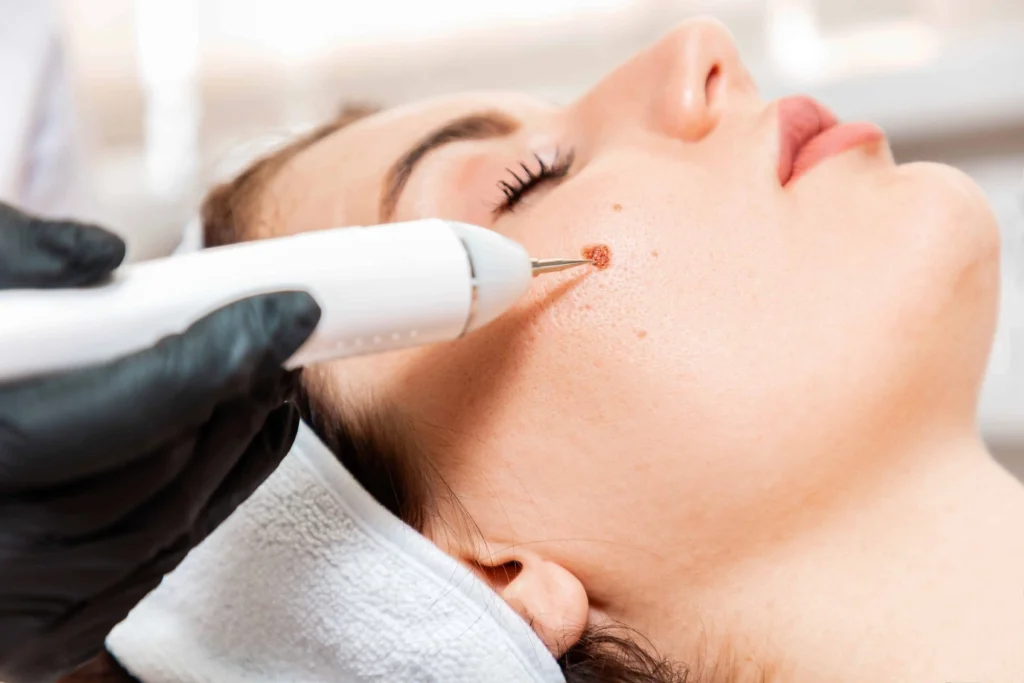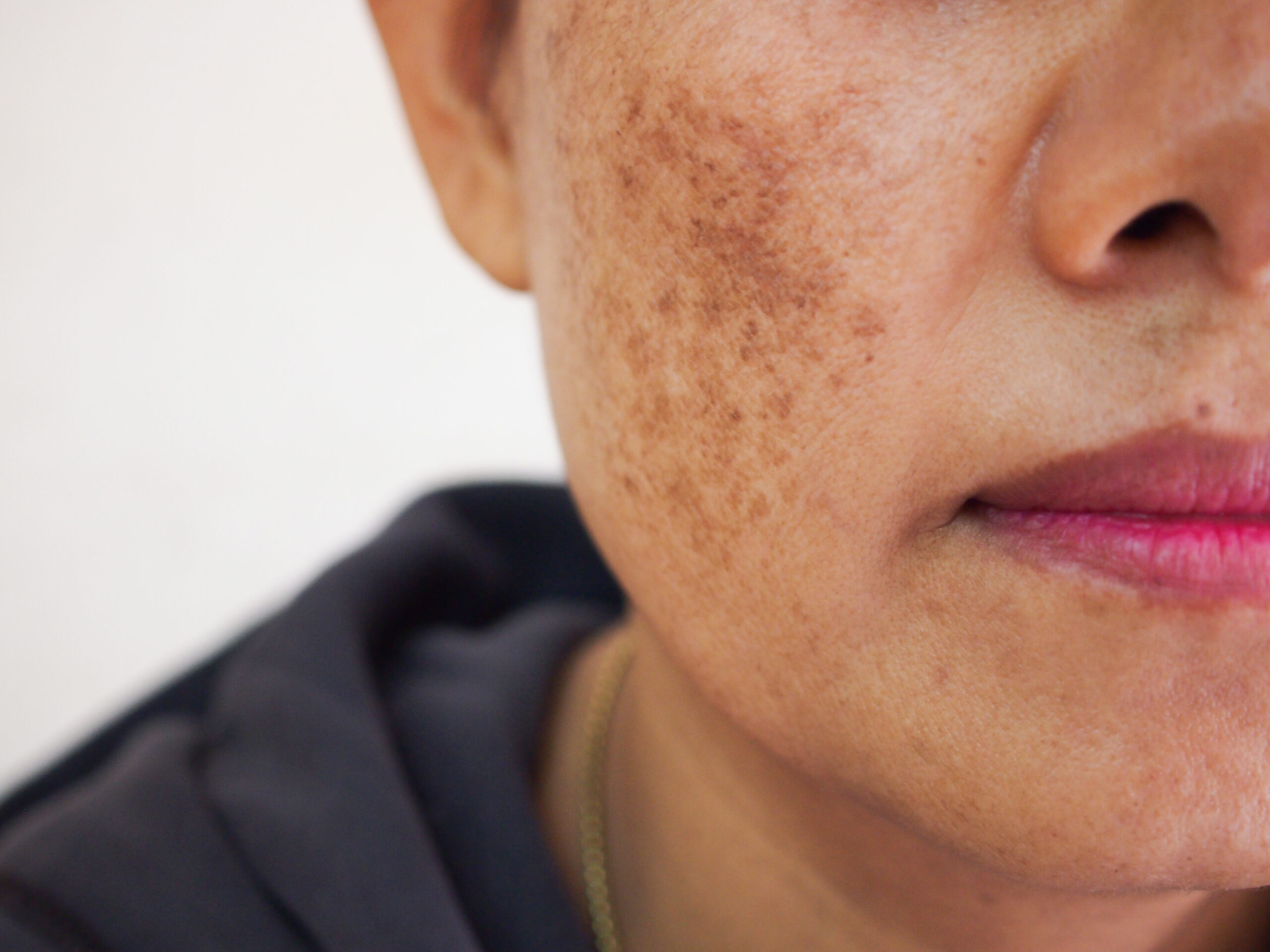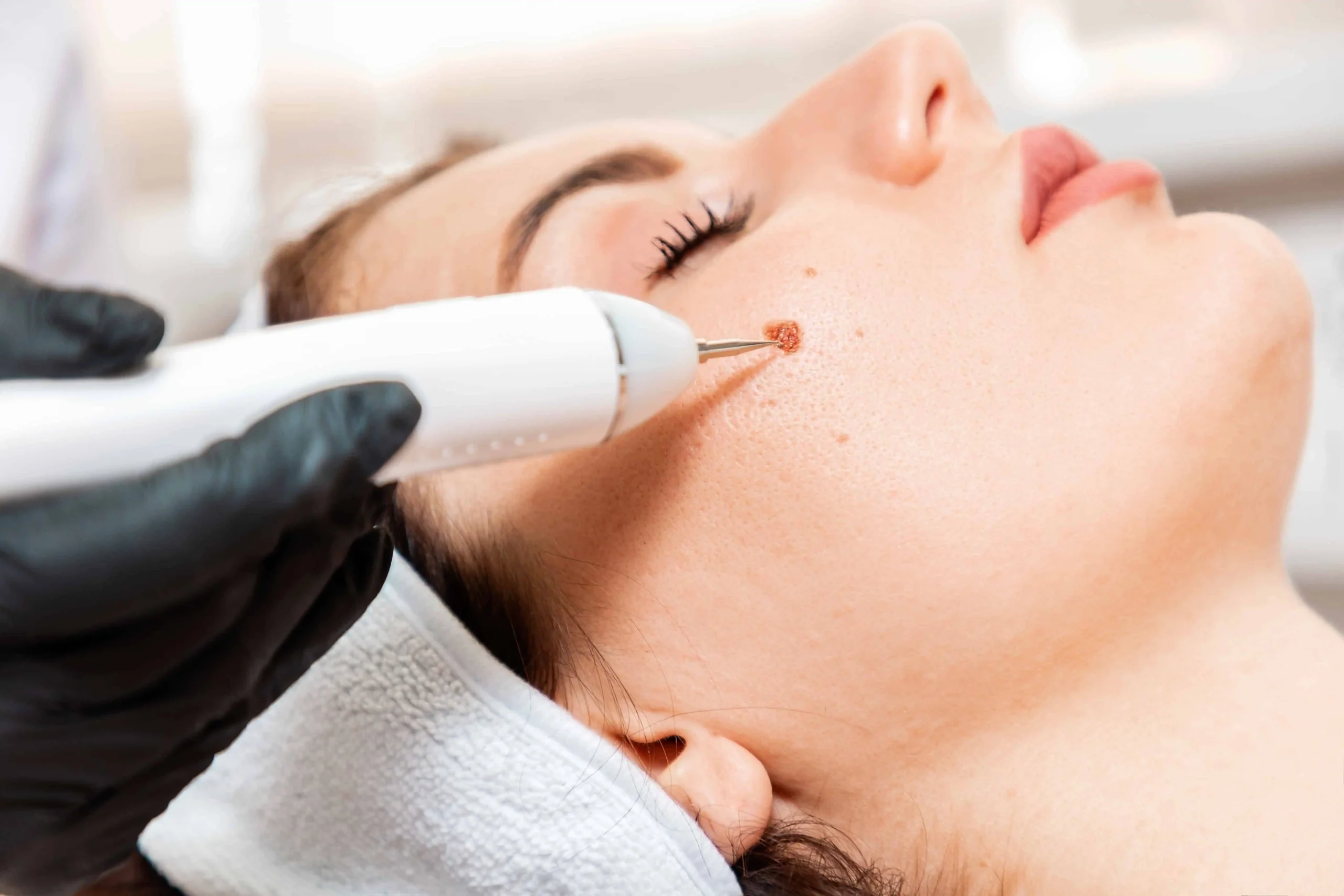Mole removal is something a lot of people consider for various reasons, whether for peace of mind, cosmetic preferences, or health concerns. While it’s generally a simple procedure, knowing what to expect after the treatment helps make the healing process smoother. Let’s break down what happens after mole removal and what you can do to support the best recovery.
What Does Mole Removal Involve?
Mole removal is straightforward and tailored to individual needs. Dermatologists usually evaluate the mole first to choose the best approach—surgical excision or shave removal. Surgical excision means cutting out the mole along with a portion of surrounding skin, while shave removal involves carefully slicing the mole off at the skin level. Both methods involve local anesthesia, making the process comfortable for you. The removed tissue is sent to a lab for a biopsy to rule out skin cancer, adding that extra layer of reassurance.
What Happens Right After the Procedure?
Once the mole is gone, the treated area will be cleaned and then protected with a bandage. You might feel some minor tenderness or slight stinging once the anesthesia wears off, but it’s nothing that can’t be managed with over-the-counter pain relievers. Your dermatologist will provide you with aftercare tips to help the healing process go smoothly:
- Keep the area clean and dry. This helps to avoid any risk of infection.
- Avoid getting it soaked. Skip the pool, hot tubs, or long baths for a while.
- Apply any recommended ointments. If you’re told to use antibiotic cream, stick to the schedule. It’s all part of making sure the healing goes well.
It’s common to see some redness or swelling for the first few days. Don’t worry, it’s all part of the body’s natural response to healing.
Why Healing Looks the Way It Does
Our bodies follow a pretty standard process when it comes to healing a wound. First, there’s hemostasis, where blood clotting stops any bleeding. Then, the inflammatory phase kicks in, which can mean some redness and swelling. This stage is all about the body cleaning up and preparing for new tissue to form, so it’s a good sign that everything’s going as it should.
Next comes the proliferative phase. This is when your body starts building new tissue, producing collagen, and forming a scab. The last phase, known as maturation, is when the scar begins to flatten and fade. This part can take weeks or even months, depending on where the mole was and how your body heals.
Will There Be a Scar?
Scarring after mole removal is a common concern, and while there may be a mark left behind, its size and appearance will vary based on the size of the excision. Factors like the removal method, the size of the mole, and how well aftercare instructions are followed play a role. Generally, shave removal tends to leave less noticeable scars compared to surgical excision.
Dermatologists often recommend post-procedure skincare tips to minimize scarring. Once the area is fully healed, gentle massages can assist in breaking down scar tissue, making it less prominent. However, how your body handles scarring depends on factors like skin type, genetics, and overall health.
Common Risks and How to Manage Them
Even though mole removal is safe when done by a trained professional, it’s still a medical procedure and comes with a few risks:
- Infection: Keeping the area clean and following post care instructions helps prevent this. Watch for signs like increased redness, warmth, or pus, and reach out to your dermatologist if you notice anything unusual.
- Bleeding: A little bit right after the procedure is normal. Persistent bleeding, however, is something to flag to your doctor.
- Scarring: Scars are part of the body’s healing process. Following the aftercare advice is key to minimizing them.
- Temporary changes in sensation: It’s not uncommon to experience a bit of numbness or tingling near the removal site. This generally goes away on its own over time.
Sun exposure can darken scars, so protecting the area with high-SPF sunscreen or clothing is a smart move. This prevents the scar from becoming more noticeable as it heals.
How Long Does It Take to Heal?
- First Week: Expect some redness, tenderness, and possibly a thin scab forming over the area. The scab will fall off naturally, so resist the urge to pick at it—doing so will cause scarring!
- Weeks 2-4: By now, the scab has usually fallen off, and new skin starts appearing. This new skin may be pinker or lighter than the surrounding area, which is completely normal and will even out over time. Mild itching might occur but avoid scratching the area.
- One Month and Beyond: The treated area starts blending more with the surrounding skin. Scar tissue continues to mature and can take months to fully flatten and fade. Consistency with aftercare helps make this stage as smooth as possible.
Benefits of Getting a Mole Removed
Removing a mole can offer peace of mind, especially if it looks suspicious or is a source of concern. Plus, if the mole is in an area that is easily irritated or caught on clothing, you’ll find relief from that discomfort. On the cosmetic side, eliminating a mole can give you a confidence boost, especially if it is in a prominently visible area that makes you self-conscious.
Practical Tips for Aftercare
To support your skin’s healing and keep complications to a minimum, follow these tips:
- Stick to the care plan: Whether it’s applying ointment or changing dressings, sticking to your dermatologist’s instructions pays off.
- Don’t overdo it: Try to avoid activities that stretch or strain the treated area.
- Stay alert: If you see signs like unusual redness, excessive pain, or discharge, don’t hesitate to get in touch with your dermatologist.
Moisturizing the area once it’s healed keeps the skin hydrated and supports better-looking scars. Opt for products that your dermatologist recommends, as some ingredients can irritate the skin during healing.
Takeaway
Knowing what to expect during the healing process after mole removal can help you feel more confident and prepared for your journey. With the right aftercare, attention to detail, and professional guidance, you can minimize risks, manage scarring, and support your skin’s natural healing. Whether you’re considering mole removal for cosmetic reasons, or due to medical concerns, taking proactive steps ensures the best possible results.
Ready to take the next step towards clearer, healthier skin? At Derm Collective North Shore, our team specializes in personalized treatments designed to meet your specific needs. Contact us today to learn more and schedule your consultation for expert care and support.








